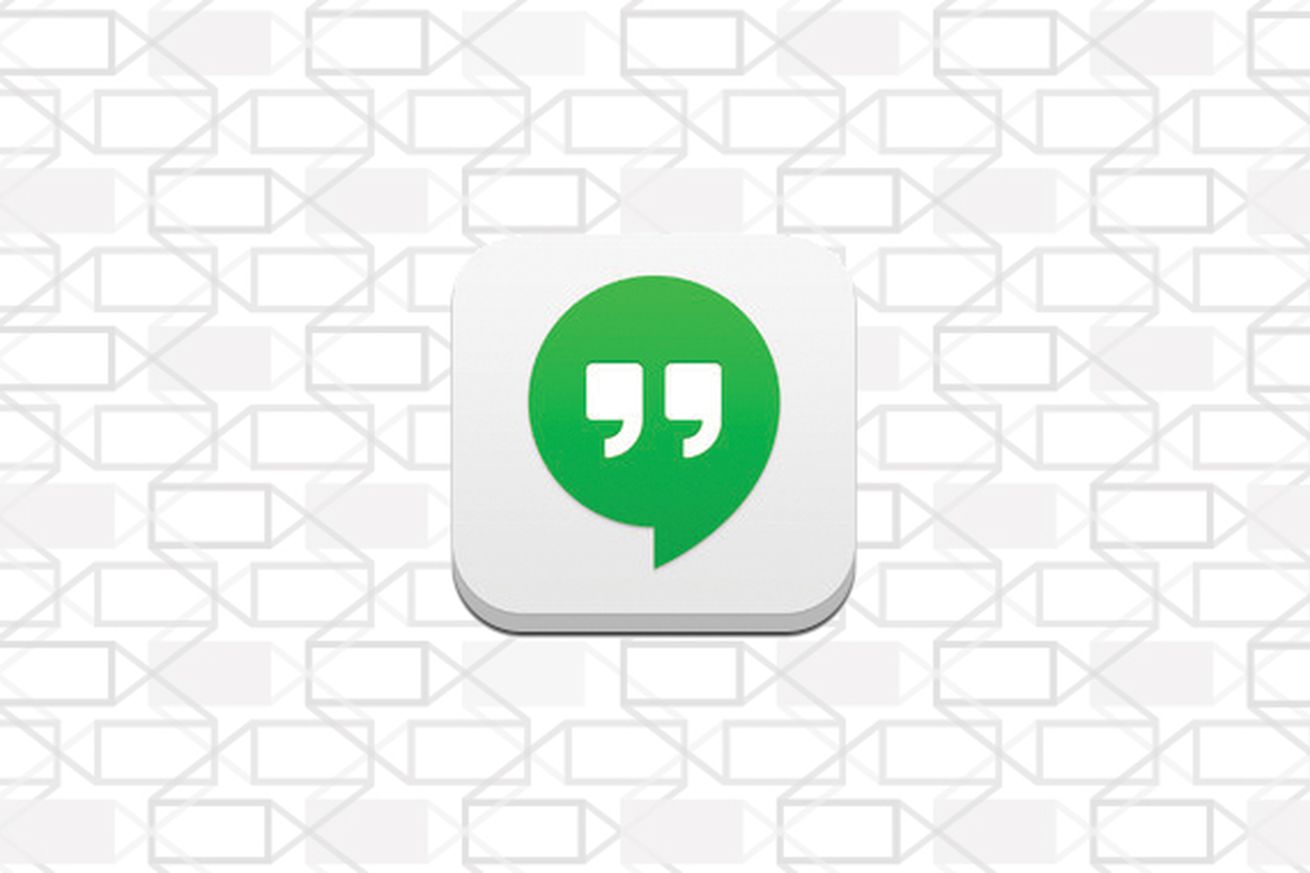
Credit card perks — and smart consumers — are costing banks billions of dollars.
The Chase Sapphire Reserve. The American Express Gold. The Marriott Rewards Premiere. To people who are a part of the growing subset of credit card enthusiasts, these aren’t just cards that facilitate everyday spending: They’re an essential way to score things like free flights and cash back.
So what’s in it for the banks? Essentially, banks offer patrons a line of credit with the expectation that they’ll make money off interest rates when bills aren’t paid on time or in full. It’s an incredibly lucrative field: There are 364 million open credit cards in the US, according to the American Banking Association, and these have contributed to the country’s collective $1 trillion in credit card debt.
Over the past few years, banks have competed with each other by sweetening deals for customers, offering advantages like points systems and cash-back deals. The Chase Sapphire Reserve card, for example, debuted in 2016 with a whopping 100,000 point sign-up bonus after customers spent $4,000 during their first three months, a move AmEx called a “full frontal assault.” The American Express Platinum Card, to that end, offers access to global airline lounges and free credit toward airfare, while the Discover It card offers 5 percent cash back without any annual fees. These type of rewards have fueled a crazed and dedicated faction of spenders, who carefully optimize their spending and sign up for multiple credit cards in order to accrue points.
Now, though, banks seemingly aren’t too happy they’re footing the bill for free flights, lounge access, and triple points for your dining habits, and soon, credit card rewards could be headed for a slowdown. Sources have told the Wall Street Journal that companies like Citigroup, JPMorgan, and American Express are currently talking about reassessing their credit card rewards program because they’ve realized they’ve been offering too many rewards. Their cards were supposed to lure in big spenders and bring in tons of profit, but the rewards programs are actually costing the banks.
Why banks want to pull back rewards
Since the Great Recession, bank spending on credit card rewards has more than doubled, according to a 2017 survey from the financial products site MagnifyMoney. In 2010, banks were spending about $10.6 billion a year on their credit card rewards, but in 2016, that number jumped to $22.6 billion.
The biggest spender is Chase, whose spending on rewards has grown 123 percent since 2010. Chase today outspends AmEx, but the financial services corporation still spends plenty — $9.2 billion last year, to be exact.
Every year, banks rely on credit cards to bring in 14 percent of their revenue, according to the Journal. That might not sound like such a big deal, but it is now that the credit card rewards business has become a major thorn in their side. Big companies are now stuck paying billions of dollars for flights and other perks for credit card holders who aren’t paying high interest rates or late fees.
Part of the problem is that consumers are savvier than ever. Plenty of credit card holders have figured out how to game the system: Some are signing up for credit cards specifically for the bonus points and then abandoning the card (which doesn’t hurt a credit score the way closing a card would), while others are making sure to pay their bills on time and in full. Some even pay one credit bill with another card so that they can cash in on as many rewards as possible. These “gamers,” who work the system to accrue miles and points as well as for the thrill itself, are a costly byproduct of the credit card ecosystem
Of course, this type of gamifying isn’t for everyone — many of the Americans who deal with personal debt aren’t able to toggle between cards or shuffle around hefty bills.
”It requires a lot of organization and spreadsheets,” Ben Schlappig, one credit card obsessive, told me in 2015. “ It’s not meant for people who can’t afford to travel. It’s meant for people with disposable income.”
The world of credit card fanatics has also grown exponentially. It was once considered fringe to be a part of a community of card churners and deal hunters, and probably also a dirty secret to own dozens of cards. Today, though, it’s practically mainstream. There are tons of credit card blogs out there that teach spenders how to play the game, from creating complicated spreadsheets to setting up automatic payments. One cult blogger, an Ohio-based rabbi named Dan Eleff who runs the blog Dan’s Deals, has proudly owned more than 500 credit cards and runs annual seminars to teach readers his tricks.
”There are people who think it’s a time trap and that it’s extremely stressful. I love it,” Oren Wachstock, a full-time dentist and part-time credit card and money blogger, told me. “This is my hobby and the more intense it gets, the better I feel about it. It’s kind of perverse logic. I get tremendous satisfaction out of helping people get cash back, get more income, and be able to travel.”
Perks are already being scaled back
Last year, Chase and Citi stopped offering price protection on their cards, which previously let cardholders file a claim to the bank if they bought something on their card for one price, only to find it later at a lower price. In August, Discover cut credit card benefits like product warranties, as well as flight accident and auto rental insurance coverage. AmEx has been pulling back on cards that come with big bonus points for signing up, and sources told the Journal that Chase is considering not allowing cardholders to pool points accrued across multiple credit cards.
“There’s no question that banks are concerned about the credit card rewards arms race eating into their profits,” one credit card analyst told the New York Post over the summer.
These credit card companies are trying to skimp on rewards in order to save money, but pulling back on perks might not necessarily be the best move, especially if they want to continue to court millennials. A subset of spenders who are weighed down with student debt and a general distrust for the financial industry, millennials are more likely to ditch credit cards than older Americans. Without perks to set them apart, it’s likely shoppers could turn away from credit cards with these legacy banks, especially considering Venmo has pretty much become a verb as the fast-growing money app makes spending and paying frictionless.
As one disappointed credit card user commented when Discover announced it would stop offering price protection a few months ago, “I’m extremely disappointed to hear that they have canceled this benefit, which frankly was the only reason I bothered having a discover card. Time to cancel.”




















/cdn.vox-cdn.com/uploads/chorus_asset/file/13632489/159314_20306.png)
























